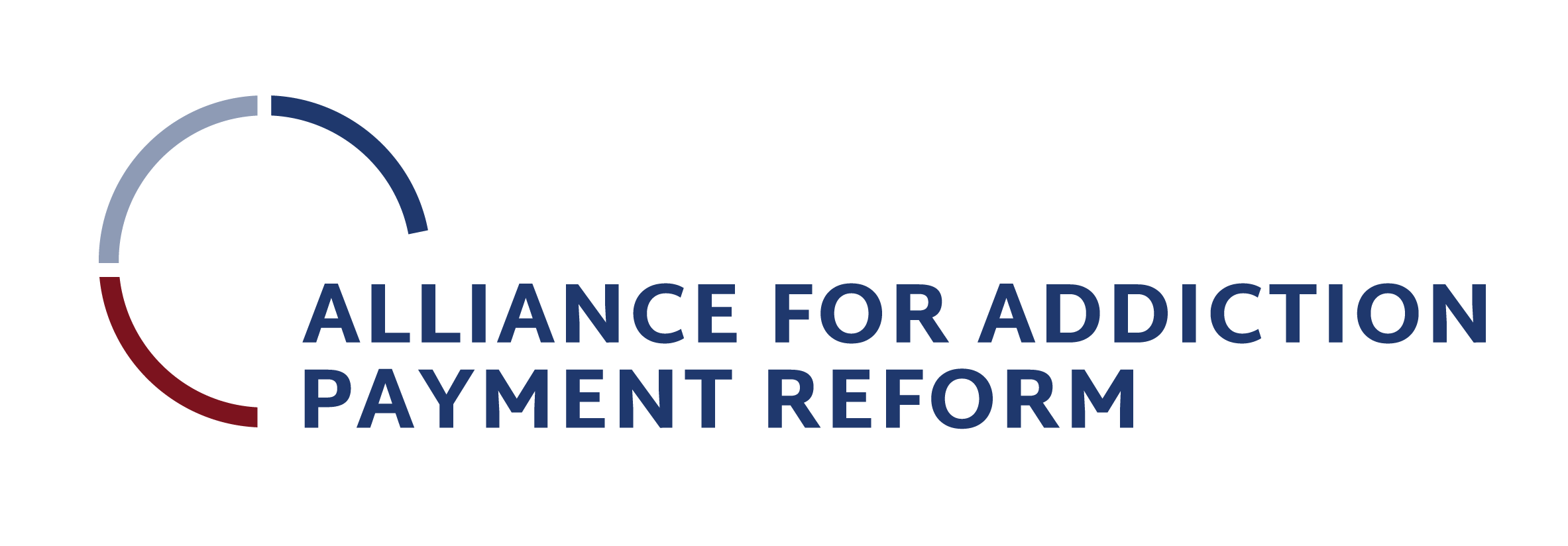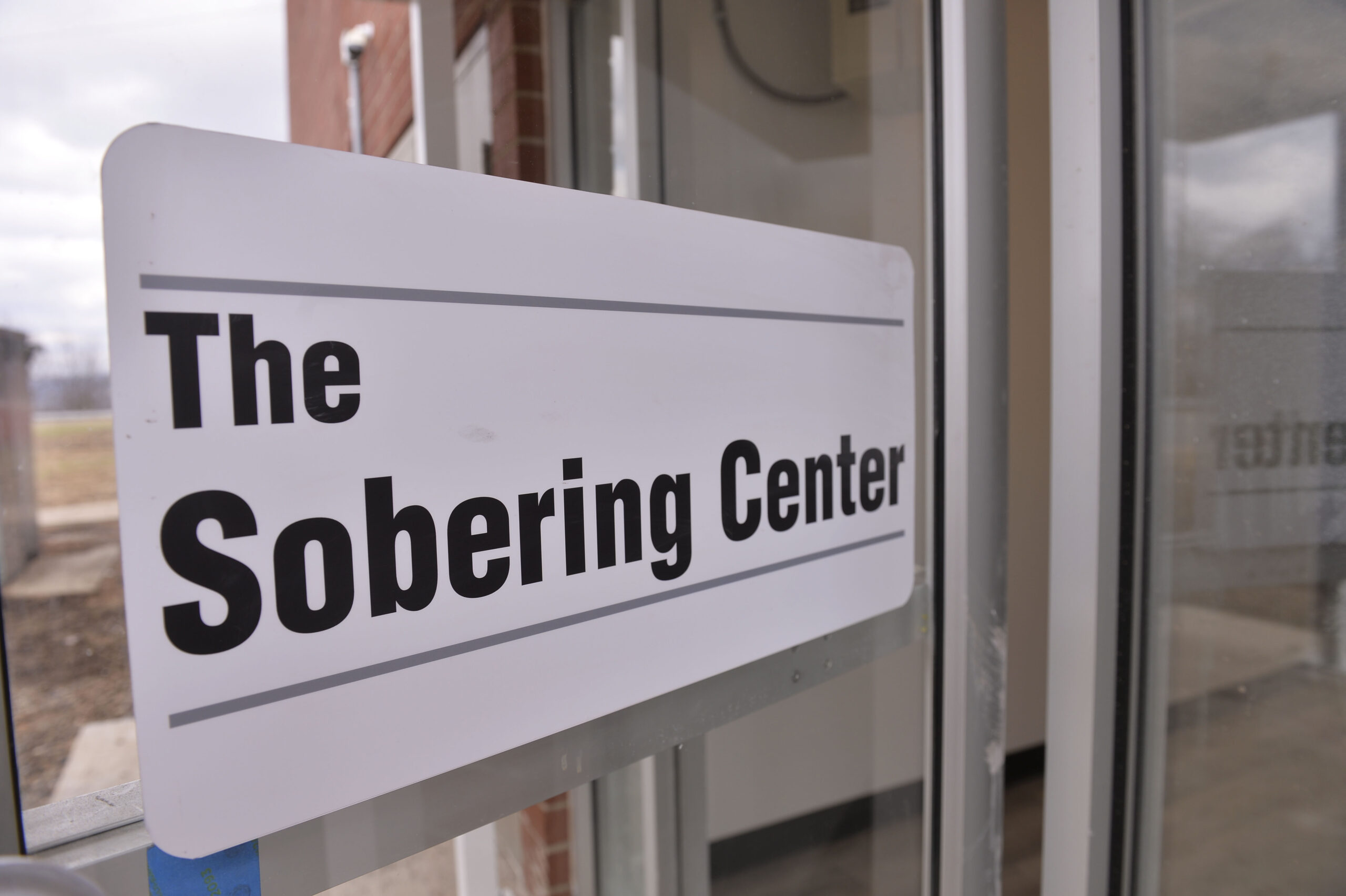For those of us who have been involved with the substance use disorder (SUD) service continuum over the past several decades, the concept of a sobering center is not new. However, it has taken on a number of pejorative euphemisms, including “drunk tank” or “detox.” Setting stigmatizing language aside and moving toward definitions that embrace public health-oriented language has been a positive step toward educating the general public and health care professionals alike regarding the value these services bring to the community at large.
Visiting the newsroom on the National Sobering Collaborative website provides examples of nationwide efforts (stretching into Canada) to educate the public, improve community connections, and improve service delivery quality in several settings across the continent. At the core, a sobering center is a short-term care facility designed to allow an individual who is intoxicated and nonviolent to safely recover from the debilitating effects of alcohol and/or other drugs. These centers impact communities by reducing unnecessary emergency room visits or jail time for individuals who are more appropriately cared for in a safe space specifically designed to address the needs of this population.
For this month’s Alliance newsletter, I wanted to learn more about the role sobering centers play with respect to enhancing the SUD service delivery system through a harm-reduction and public health approach. Specifically, how can Alliance participants effectively support, advocate, and partner with sobering centers in their respective communities? I connected with Shauna Goodman, executive director at the National Sobering Collaborative, to learn more.
Eric (Alliance for Addiction Payment Reform): Shauna, thank you very much for talking with me today on the topic of sobering centers and the intersections of public health, community safety, and connection to the SUD treatment ecosystem. First, it may be helpful to provide a clear definition of what a sobering center is, and what it isn’t.
Shauna Goodman (National Sobering Collaborative): To add onto the fantastic description you’ve already given, sobering centers are often the front door to recovery and stability for individuals from all walks of life, including some of our most vulnerable populations. Clients can range from those who took a night out too far to those suffering from substance use disorders and likely have other co-occurring conditions. The key component is safety–safety for those in our care and safety for our communities.
Sobering centers emphasize harm-reduction, are available 24/7 to ensure accessibility when most needed, and use trauma-informed practices, including peer recovery support, to serve those that enter their doors.
Sobering centers are focused on functional sobriety, and not social or medical detoxification, sober living, or treatment. They can be co-located or work in partnership with programs that provide these services, and other services that might be appropriate for the individuals served.
Eric: I took the opportunity to visit your website and was amazed at the number of sobering center initiatives highlighted across the U.S. and Canada. Can you share a bit more about what goes on behind the scenes to help build success with sobering center efforts in communities that may not be receptive to the work you are advocating for?
Shauna: It takes a village! Sobering care touches so many aspects of systems that are currently in place so it’s so important to bring all stakeholders to the table early on in the process. This includes law enforcement, emergency medical services, local government officials, hospitals, community-based organizations and/or members of the community, depending on the program model. You need champions for the model in each area to build a successful program. The National Sobering Collaborative has a fantastic tool kit available to its members to walk interested communities through the process of getting up and running.

It takes a village! Sobering care touches so many aspects of systems that are currently in place so it’s so important to bring all stakeholders to the table early on in the process. You need champions for the model in each area to build a successful program.
Eric: How are sobering centers typically funded? Are there specific approaches to sustainable funding that have proven most effective?
Shauna: Sobering centers are typically funded at the city or county level, with growing support from state and federal sources in recent years. Some have single-source funding, while others use braided funding from a variety of sources including those already mentioned, as well as private sources.
States like California and Maryland are pioneering fantastic efforts to provide reimbursement for sobering care services as an alternative destination to the emergency department for emergency medical services (EMS). Efforts are underway to bring managed care plans on board for reimbursement, but there is much left to be done in this area. We anticipate increasing interest in reimbursement as a result of national and federal entities like the Substance Abuse and Mental Health Services Administration (SAMHSA) and the American Medical Association (AMA) investing in and advocating for the sobering care service model as a best-practice.
Eric: From your perspective, what have been some of the most impactful outcomes related to sobering centers in the communities that the National Sobering Collaborative is represented, and how have those outcomes been highlighted back to the communities that the sobering centers serve?
Shauna: Time and money saved. Not only is this model more appropriate for addressing substance misuse, it’s also cost-effective. Emergency department stays are incredibly expensive for taxpayers. A 2006 study revealed an estimated $24.6 billion in health care costs to emergency departments for acute alcohol intoxication. More recently, a 2017 extrapolation from Centers for Disease Control and Prevention (CDC) data estimates that there are over 1 million ED visits for alcohol intoxication. With just a 50 percent diversion rate to sobering centers, estimates of savings range from a low of $230 million to a high of $1 billion.
Drop-offs at emergency departments and jails can also have hours of paperwork and wait times, limiting first responders’ capacity to address other community needs. Drop-off at sobering centers can be completed in a matter of minutes. Not to mention, we know that the second leading cause of death in jails is from alcohol and/or other drug intoxication because these facilities are not equipped to care for people in this way. They do not provide the appropriate monitoring for someone who has misused substances.
Two great examples of local outcomes being highlighted can be found in Texas. The leadership at the Austin-Travis Sobering Center worked with a third-party evaluator for a Cost-Benefit Analysis that showed nearly $1 million in net savings to various local entities, with over $1,000 saved per diversion. For every dollar invested into the Sobering Center, the community gets $1.65 back. They were able to show this data to both current and potential partners to strengthen and build their relationships in the community. Laura Elmore LeBlanc, their Chief Executive Officer, serves as the Secretary of our Board of Directors.
The Houston Recovery Center has a robust data collection operation led by another National Sobering Collaborative board member, Suzanne Jarvis. I highly recommend checking out their recent 10-year Impact Report. They are one of the pioneers of sobering care in the country and have helped to raise the bar not only in their local community, but in the nation as a whole. They were a recent finalist for Anthem’s Community Voice Awards and are currently working to film with Empowered hosted by Meg Ryan with the final project due out next year.
Eric: What have been some of the biggest challenges National Sobering Collaborative participants have experienced? Do any “lessons learned” come to mind?
Shauna: NIMBY-ism (Not In My BackYard) is a big one. This speaks to the need to get neighbors and the community involved in the process early. Bring them to tour other sobering centers, let them provide feedback on the program model, show them the need in the community and how your program will address it. You can turn your biggest critics into champions of your work.
Funding nearly always comes up as a challenge when talking to sobering centers. Those that have single-source funding are concerned about the ability to continue services if that funding is pulled. Those with braided funding are often buried under the administrative requirements of varying data collection and reporting demands which can sometimes conflict. And most sobering care providers do not not live in areas where reimbursement for their services is an option.
One of the things I love about the National Sobering Collaborative is the willingness of programs to share with each other their lessons learned. We host calls each month that highlight different programs and topics. Lessons learned can vary from high-level details such as the location of the program to smaller, yet critical, details about policies around handling client belongings.
Eric: What else do you think is important for Alliance participants to be aware of when it comes to supporting the work you are doing through the National Sobering Collaborative? Are there specific ways that those in the SUD treatment industry, whether on the provider or payer side of the equation, can be proactive?
Shauna: Supporting sobering care at the local level is so important, and to do that we need a stronger national infrastructure. The National Sobering Collaborative published the first-ever National Standards of Care for Sobering last year and is working to create a certification program around these standards. Our aim is to support sobering care providers through this process and to not only highlight the excellent work being done, but to ensure adherence to best practices. We know this will create more avenues for funding for local programs, yet our organization does not currently have the infrastructure to provide the level of training and technical assistance for these efforts. Additionally, there is a great need for more peer-reviewed research on this model to be able to showcase its impact.
We welcome connections with funders who are interested in supporting this work and helping us to realize our vision of a system that prioritizes safety, care, and support for vulnerable populations and communities suffering from harmful substance use and addiction.
Eric: Thank you so much for taking the time to connect with me regarding this topic. You have given us a great deal to consider when incorporating these services into our full continuum of services mindset for working with those with SUD.
The Alliance for Addiction Payment Reform (Alliance) is a national multi-sector alliance of health care industry leaders – including payers, health systems, recovery service providers, and subject matter experts – dedicated to aligning incentives and establishing a structure that promotes the type of integration and patient care capable of producing improved outcomes for patients, payers, and health systems. The Alliance brings together clinical, addiction, information technology, primary care, social, regulatory, and policy expertise and has logged hundreds of hours of workgroup meetings, ratifying consensus principles and outputs.
The National Sobering Collaborative (NSC) mission is “To support the expansion of and advance the best practices for sobering care services to provide short-term, easy-to-access, and safe environments for recovery from alcohol and/or other drug intoxication.” NSC provides support to 80+ sobering centers, reaching an estimated 175,827 clients annually, representing approximately 483,720 visits. The organization offers a forum for national dialogue and provides a platform for providers and stakeholders to engage regarding best practices, policy, and program operations. NSC has brought together hundreds of parties through its annual summit, monthly network calls and membership resources. Board members have led dozens of national and regional conference presentations on sobering care.

